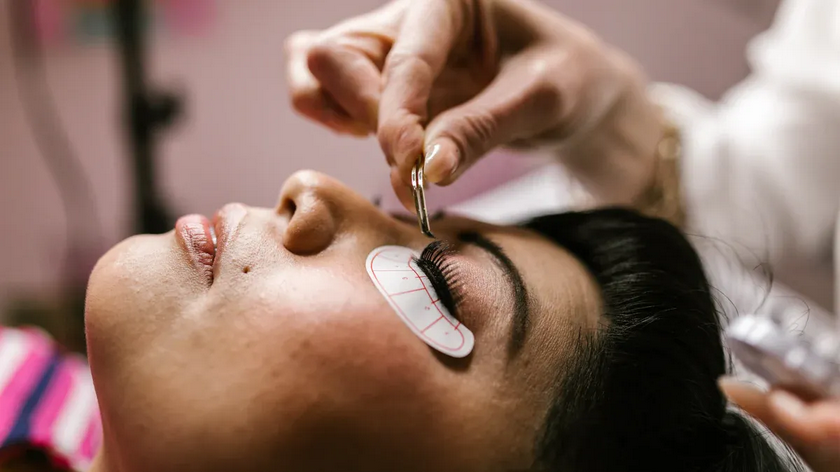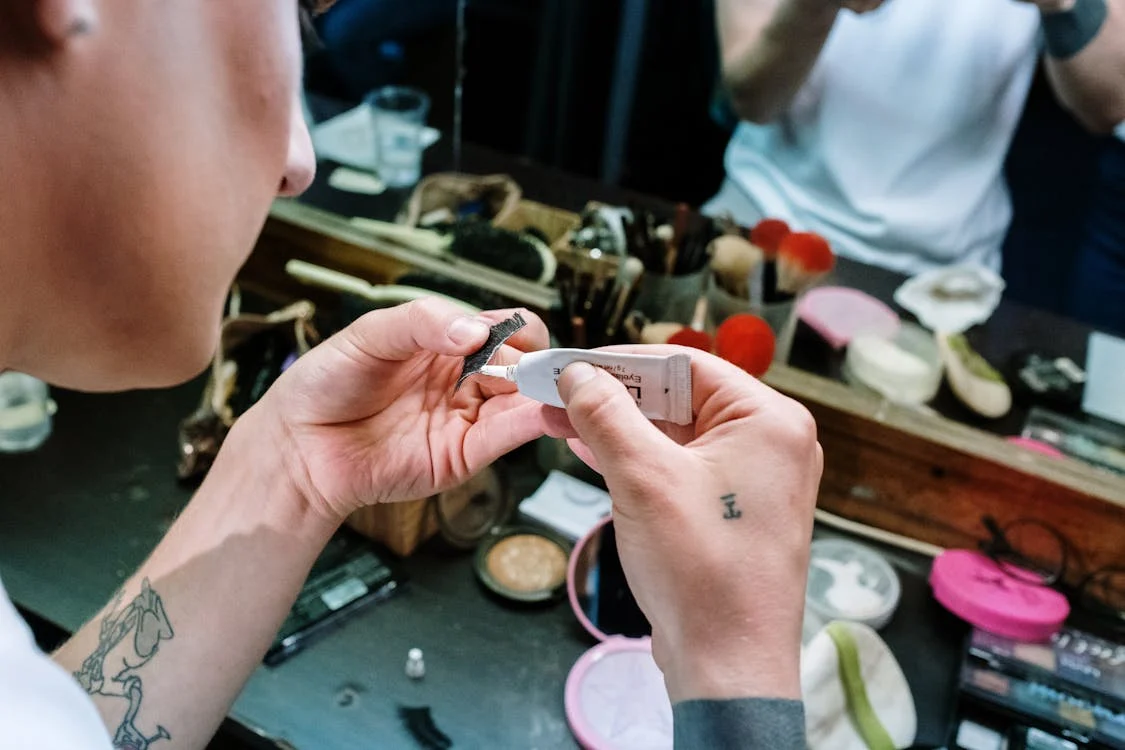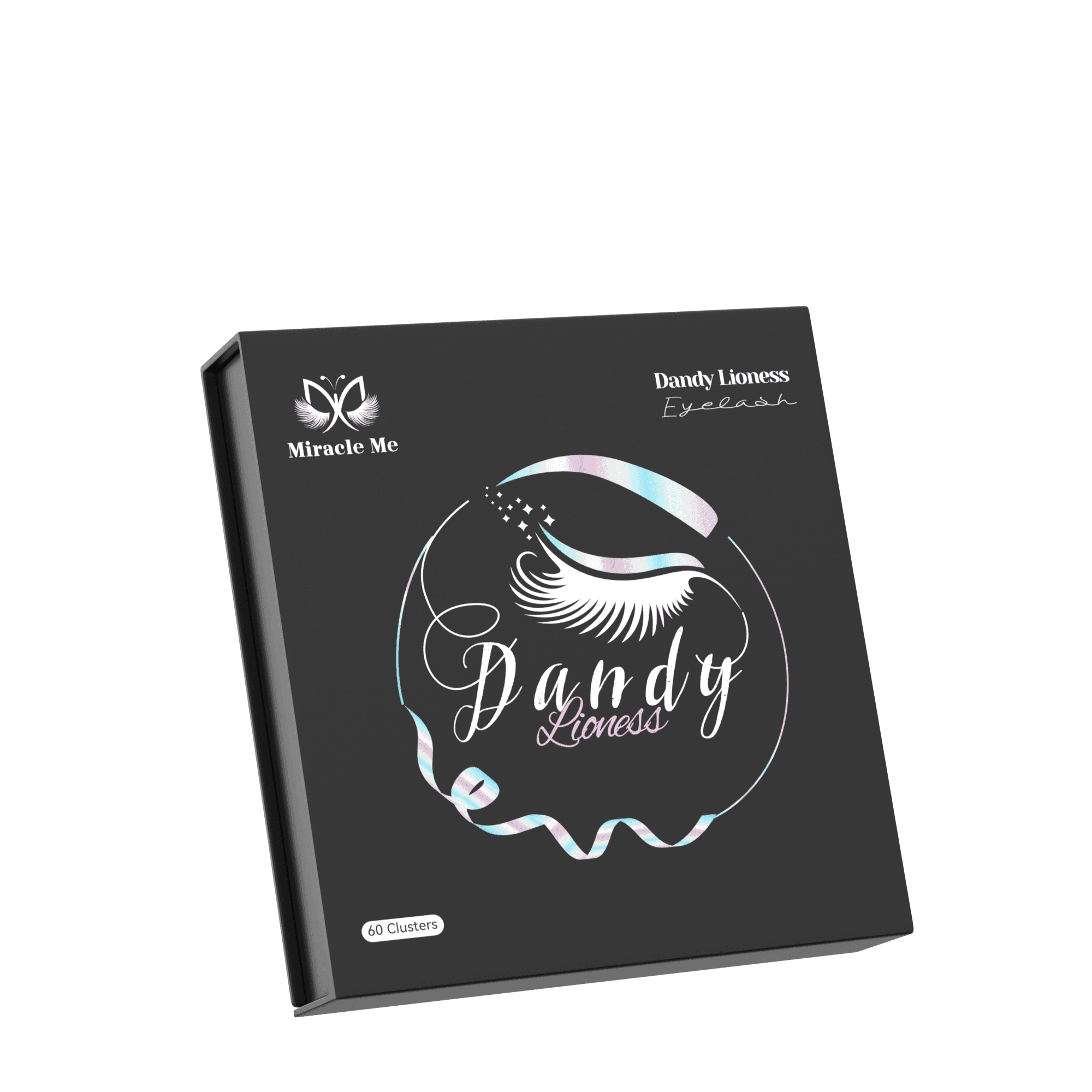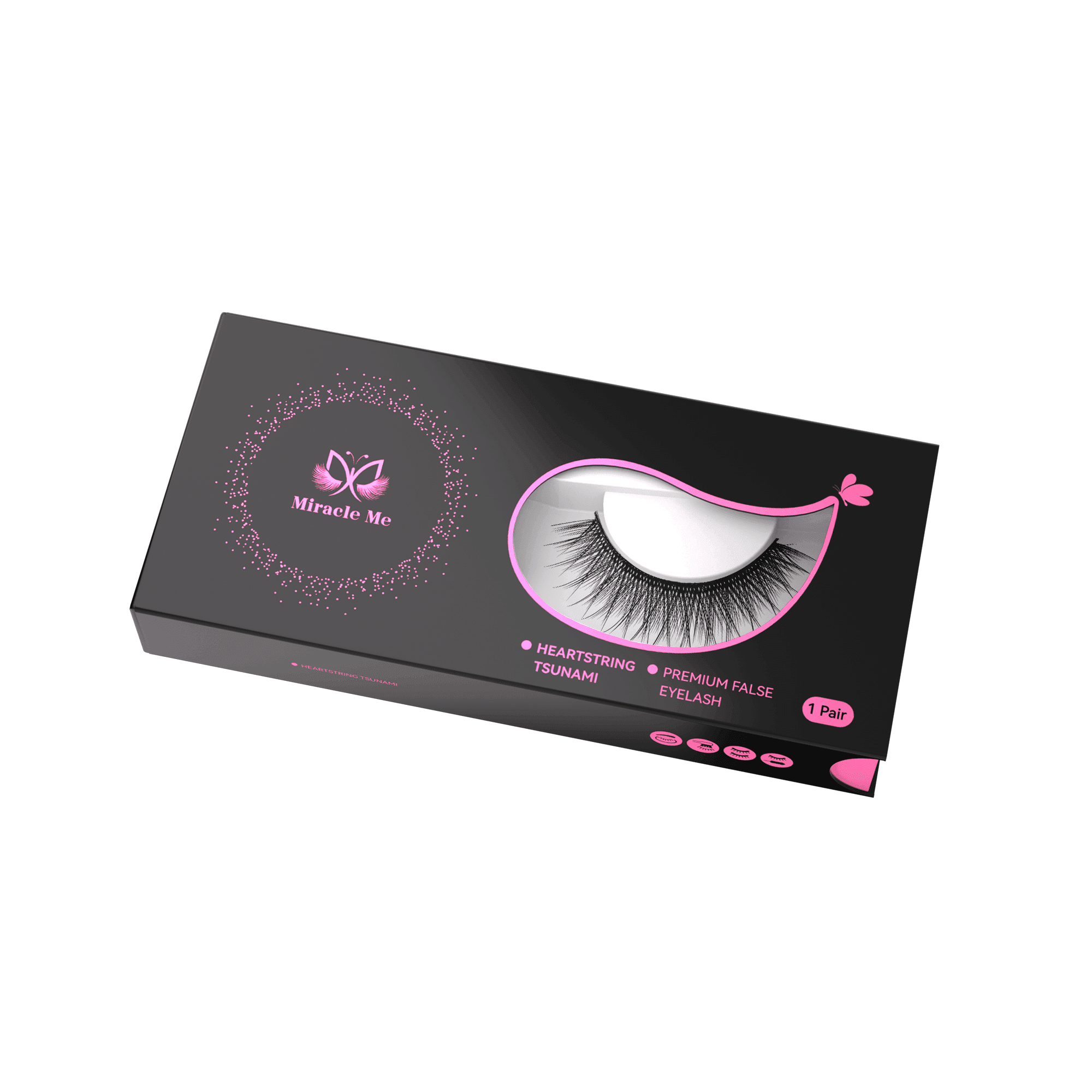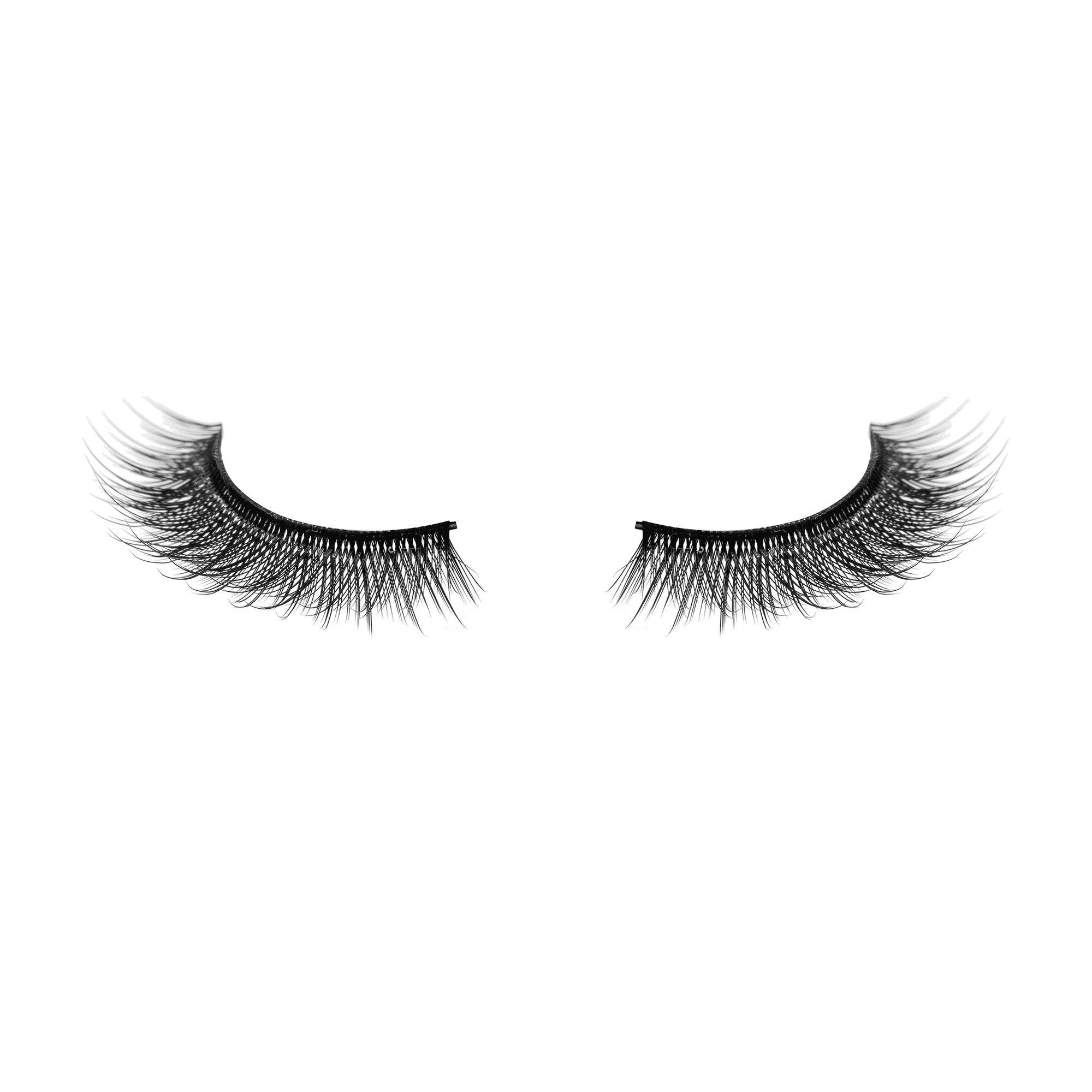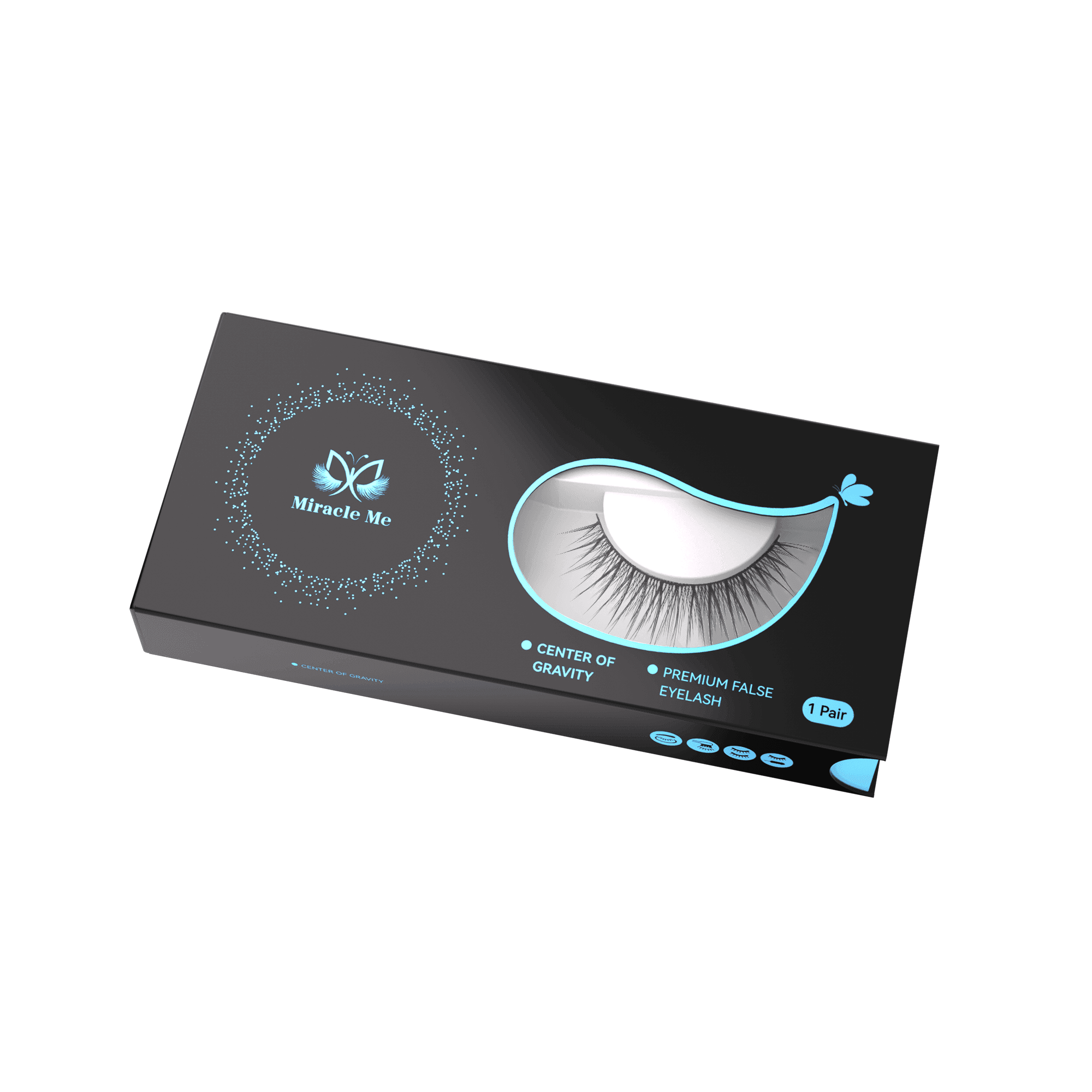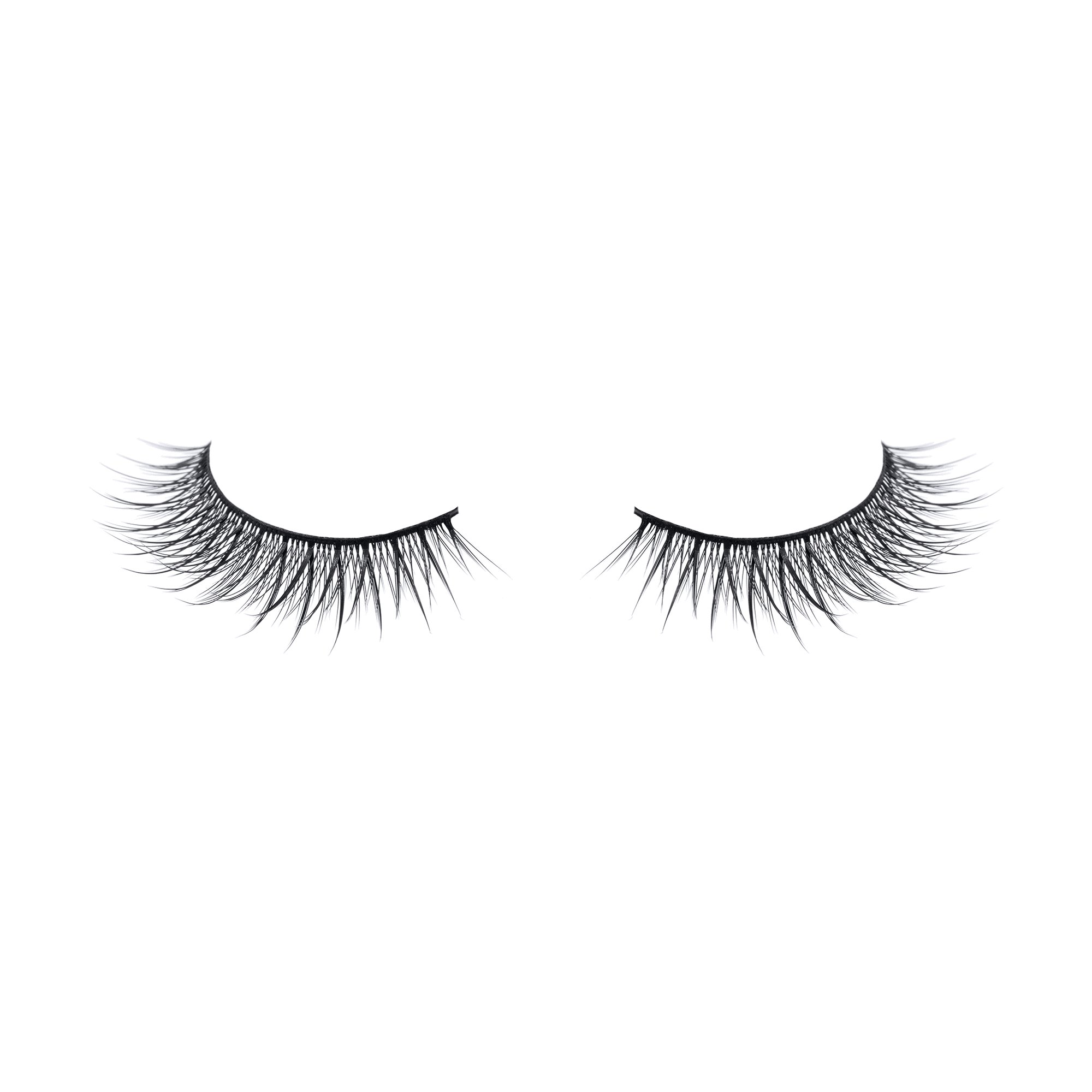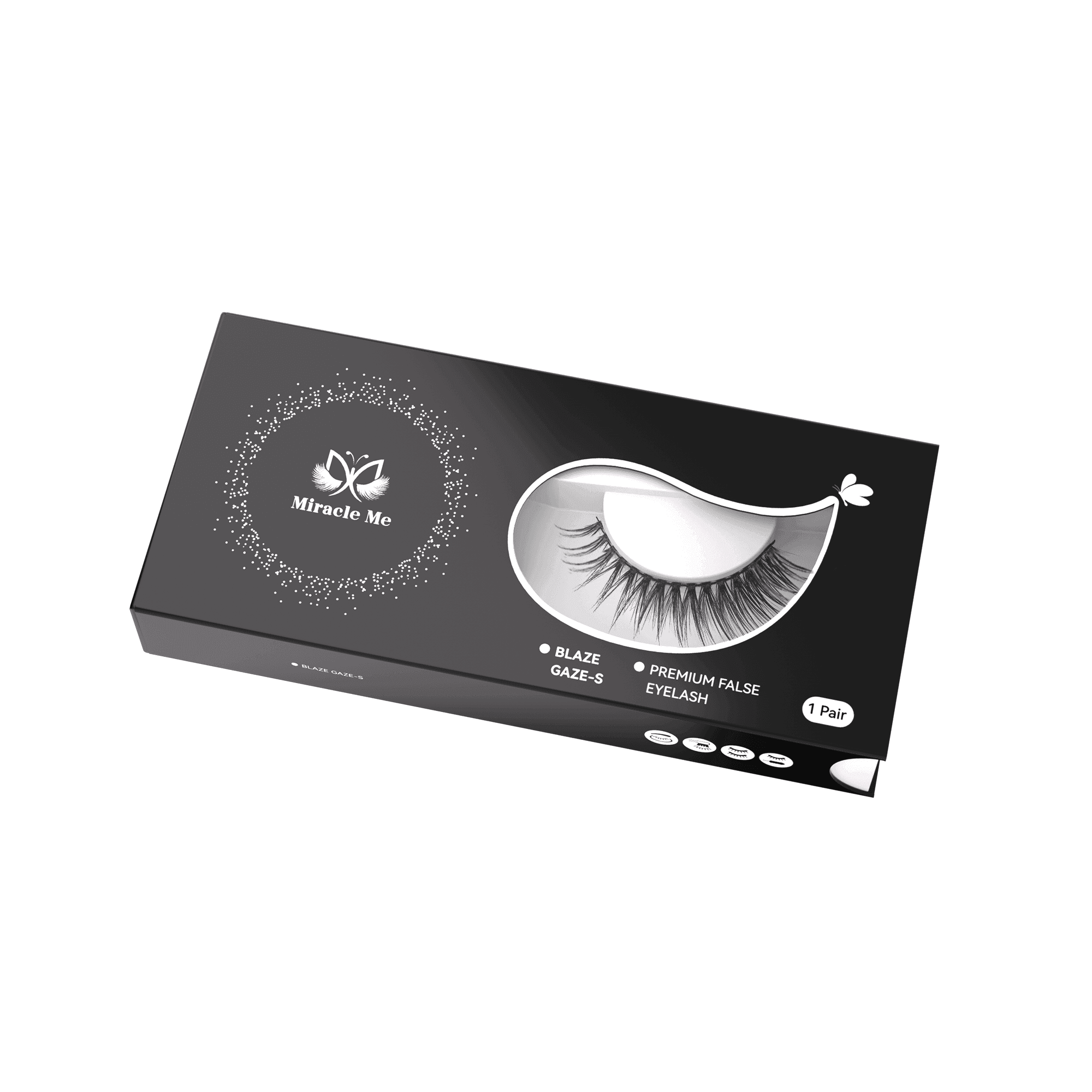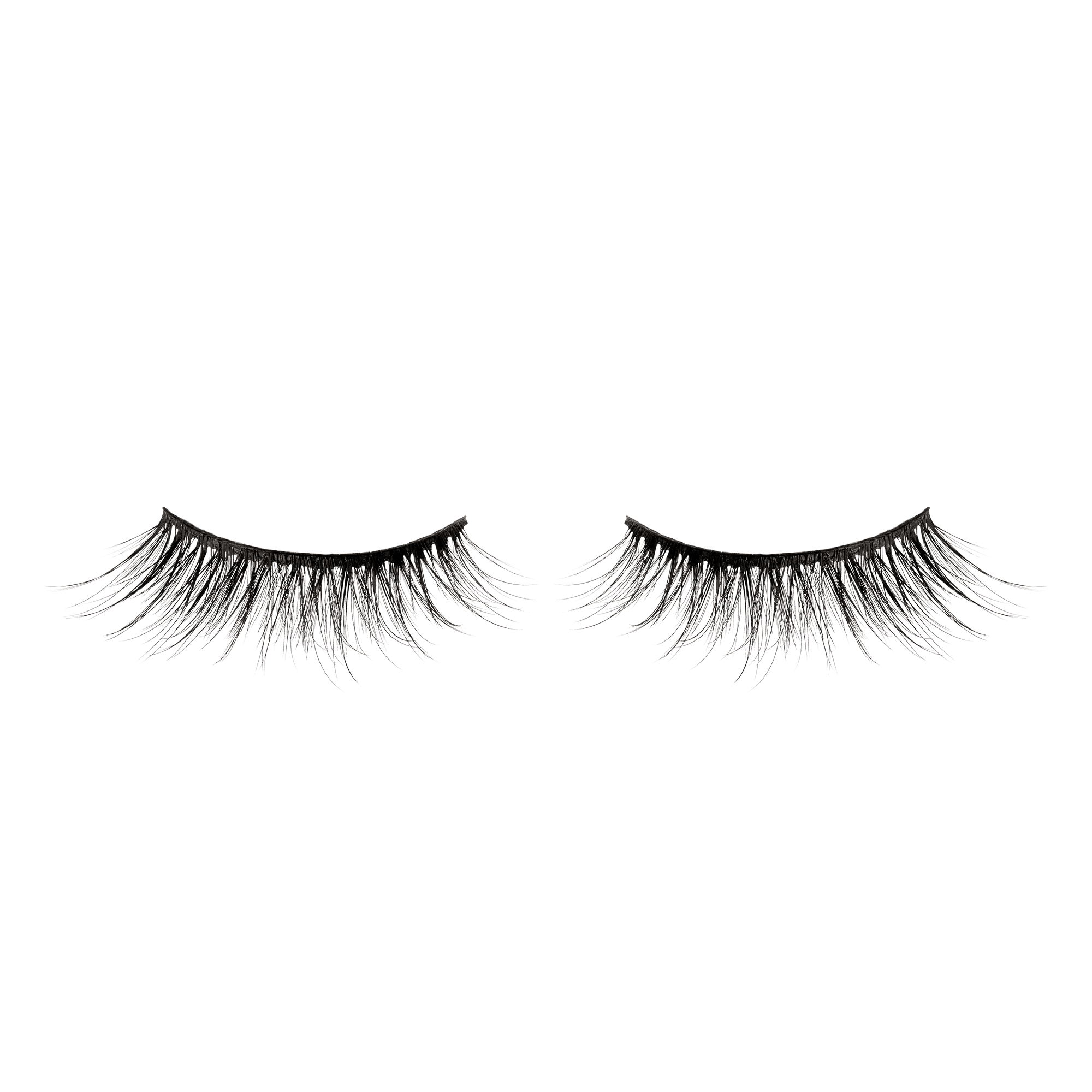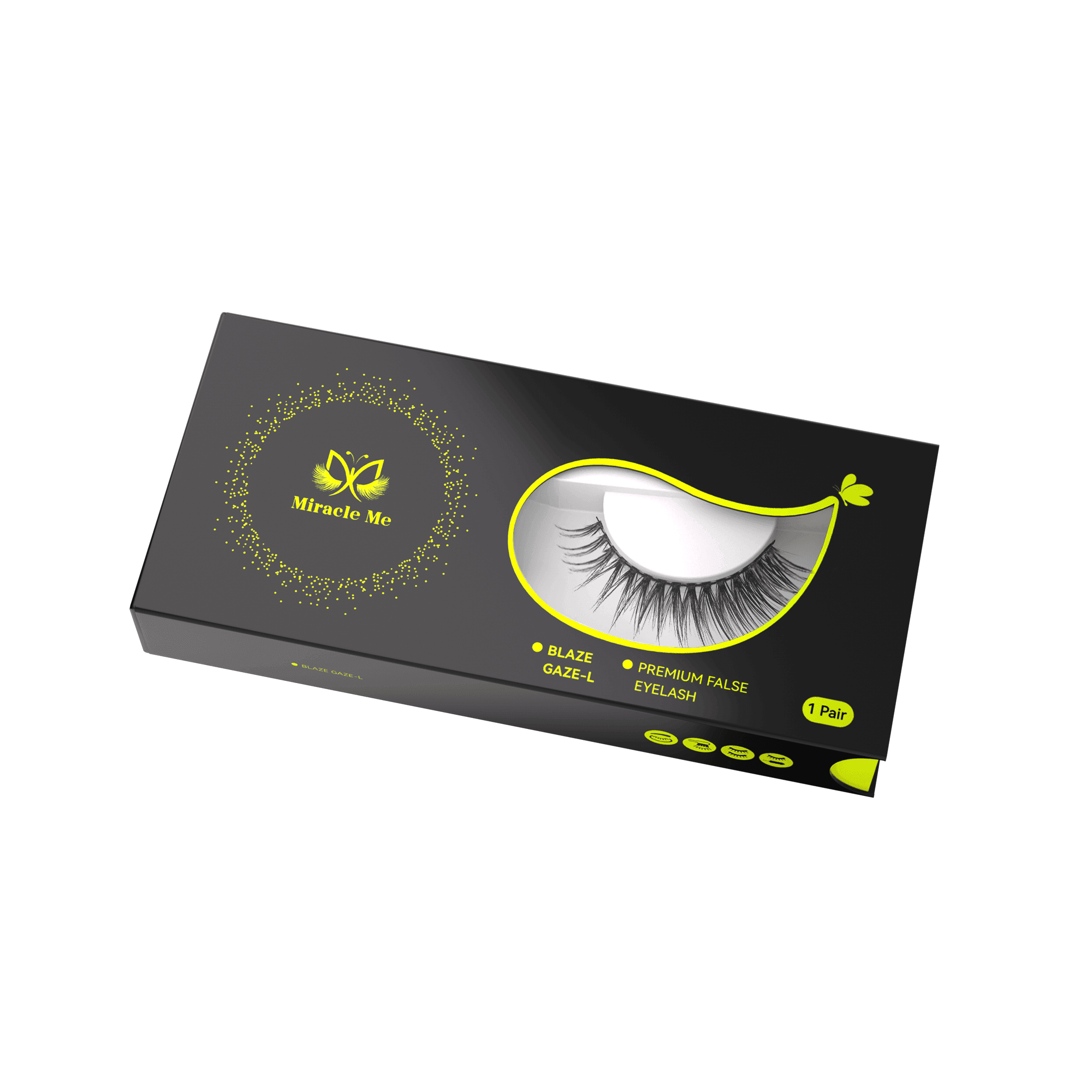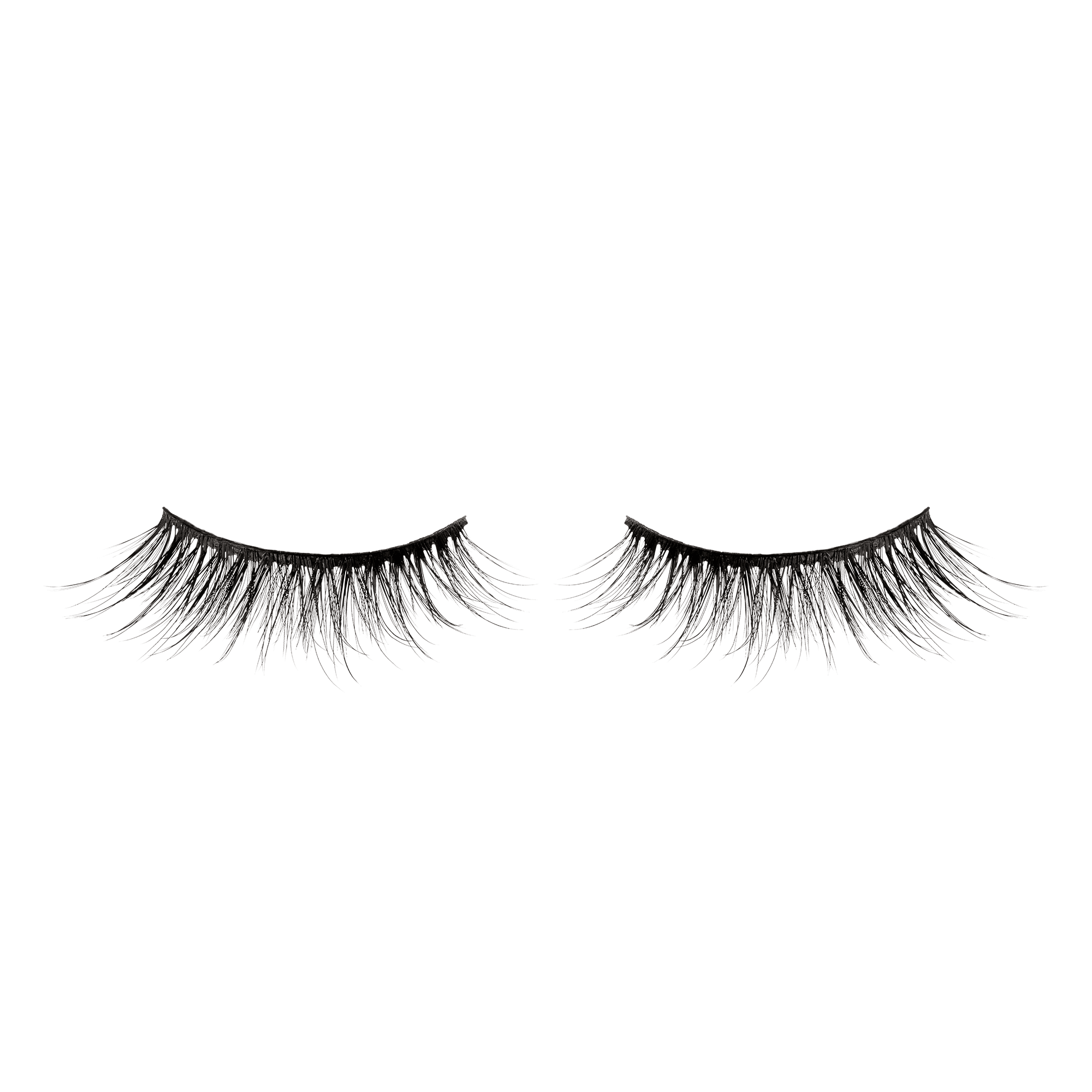Is wearing false eyelashes bad for your eyes?
False eyelashes can change how you look, but using them wrong might hurt your eyes. Research shows they can cause problems like allergies, infections, and irritation. For example:

Image Source: pexels
- 12 % people had allergic skin reactions.
- 4 % people had eyelid and eye inflammation.
- 3 % people had silver deposits in their eyes.
- 1 % person got eye irritation from eyelash dye.
A study from 1998-2002 found 63.2% of patients used eyelash dyes, and almost 80% had bad side effects. This shows why it’s important to be careful with false lashes.
Keeping your eyes healthy means knowing the risks and being safe.
Key Takeaways
- Fake eyelashes can cause allergies, infections, and irritation. Test the glue on your skin first to avoid problems.
- Keep fake lashes clean to stop bacteria from growing. Wash your hands and tools before putting on or taking off lashes.
- Don’t wear fake lashes too often to protect your real ones. Give your natural lashes time to stay strong and healthy.
- Pick good-quality, allergy-safe products to avoid irritation. Check for safety labels on the package.
- For special events, let a professional apply fake lashes. This is safer and makes them fit your eyes better.
Risks of Wearing False Lashes

Image Source: unsplash
Allergic Reactions to Adhesives or Lash Materials
False lashes can cause allergies, especially for sensitive skin or eyes. The glue used to stick lashes often has chemicals that may irritate. For example, a woman had eye problems after using glue for two years. Her symptoms, like itchy eyes and nasal issues, stopped when she quit using it.
If your eyes turn red, swell, or itch after using lashes, it might be an allergy. Always read the glue's ingredient list and choose gentle options. Testing a small amount of glue on your skin first can help avoid reactions.
Eye Infections from Contaminated Products
Dirty false lashes can grow bacteria if not cleaned properly. Germs in lash glue or strips can harm your eyes and cause infections. Studies show lash materials can grow bacteria like Staphylococcus aureus and E. coli. These germs can lead to serious eye problems, especially in places needing strict cleanliness.
To keep your eyes safe, store lashes in a clean, dry spot. Never share lashes with others. Wash your hands before putting on or taking off lashes. If your eyes hurt, turn red, or leak fluid, see a doctor right away.
Damage to Natural Lashes from Overuse or Improper Removal
Wearing false lashes too much or pulling them off carelessly can hurt your real lashes. Using them too often can weaken lash roots, causing thin or lost lashes. Pulling lashes off can break them or harm the skin near your eyes.
Studies show wearing false lashes for a long time can increase lash mites. These tiny bugs live on lashes and can cause itching and swelling if there are too many. To avoid problems, wear false lashes less often and use gentle removers to take them off without pulling your real lashes.
Corneal Injuries from Sharp or Poorly Trimmed Lashes
False lashes can sometimes hurt your cornea, the clear front part of your eye. This happens if the lash strips or extensions have sharp edges or are not cut properly. If lashes poke or scratch your eye, they can cause irritation, scratches, or even serious injuries.
You might not feel the problem right away. Over time, small injuries can cause redness, discomfort, or blurry vision. A study in the Journal of Ophthalmology showed cases where bad lash extensions caused corneal scratches. These injuries often needed medical care to heal.
To stay safe, always check your false lashes before using them. Trim them to match your eye shape and remove sharp edges. If you feel pain while wearing them, take them off and check for problems. Keeping your cornea safe is important for clear vision.
Tip: Use a magnifying mirror to make sure lashes fit well and don’t touch your eye.
Long-Term Effects on Natural Lash Health
Using false lashes too often or the wrong way can harm your real lashes. The glue used to stick them can pull on your natural lashes, making them break or fall out. Over time, this can damage the hair roots, making it harder for lashes to grow back.
A study in the International Journal of Cosmetic Science found that too much lash glue use can cause traction alopecia. This condition happens when hair falls out from constant pulling, leaving lashes thin and sparse.
To protect your natural lashes, don’t wear false lashes all the time. Let your lashes rest between uses. You can also use lash serum or oil to keep them strong. When removing false lashes, use a gentle remover to avoid pulling on your lashes.
Note: If your lashes become very thin or fall out a lot, talk to an eye doctor for help.
Benefits of False Lashes
Improved Look and Confidence
False lashes can quickly change how you look. They make your eyes seem bigger and more noticeable. Adding length and thickness to your lashes gives a stylish and fancy look. Many people feel better about themselves when their eyes stand out, improving their overall appearance.
- In 2021, the false lashes market was worth $1.3 billion. By 2031, it may grow to $2.4 billion. This shows how many people use false lashes to feel more confident.
- Famous people and influencers have made false lashes popular, making them a must-have in beauty routines everywhere.
False lashes help you get a professional makeup look fast. You don’t need to spend hours on mascara or eyeliner. This ease makes them a top pick for many.
Tip: Pick lashes that match your eye shape for the best look.
A Short-Term Option Instead of Lash Extensions
False lashes are a short-term choice for those who like lash extensions but don’t want a long commitment. Unlike extensions, false lashes don’t need regular care. You can put them on and take them off whenever you want. This lets you try different styles without harming your real lashes.
For special events, false lashes give a bold look like extensions but cost less. You can enjoy fuller lashes without worrying about upkeep or risks from semi-permanent options.
Note: If you’re new to false lashes, try strip lashes first. They’re easier to use than individual lash pieces.
Flexible Styles for Any Occasion
False lashes come in many designs, so they work for any event. You can pick a natural style for daytime or a bold one for nighttime. Strip lashes are especially popular because they fit different tastes and needs.
- Social media has made customizable beauty products, like false lashes, more popular.
- New options like cruelty-free and vegan lashes attract more people, offering choices that match their values.
- Many buyers look for lashes that fit their style, whether for daily use or special occasions.
This flexibility helps you show your personality and match your look to your mood or event. With false lashes, you can easily go from a simple look to a bold statement.
Tip: Keep a few lash styles in your makeup bag so you’re ready for any occasion.
How to Use False Lashes Safely

Image Source: pexels
Pick Safe, High-Quality Products
Choose good-quality false lashes and glue for safety. Better products lower the chance of irritation or allergies. Look for items marked as hypoallergenic, which are gentle on sensitive skin and eyes. Certifications like ISO 9001 and SGS testing show the products meet safety rules.
| Certification/Testing | What It Means |
| ISO 9001 | Proves the lashes are high quality and safe. |
| MSDS | Shares safety details about the materials used. |
| Hypoallergenic Adhesives | Makes sure the glue is gentle and non-irritating. |
Tip: Check labels for certifications and avoid cheap, untested products.
Test for Allergies Before Using
Always test for allergies before using new false lashes. This helps you avoid bad reactions to the glue or lash material. Do the test 24-48 hours before wearing them. Put a little glue on your wrist or behind your ear. Watch for redness, itching, or swelling. If nothing happens, it’s safe to use.
- Testing is extra important for glue with cyanoacrylate, a common allergen.
- If you have a reaction, talk to a doctor before using the product.
Note: Skipping this test can lead to surprise allergies that harm your eyes or skin.
Keep Everything Clean When Using Lashes
Cleanliness is key when putting on or taking off false lashes. Dirty hands or tools can cause infections. Follow these steps to stay safe:
- Wash your hands well with soap before touching lashes.
- Use clean tools and throwaway applicators when possible.
- Never share lashes or glue with others to avoid spreading germs.
When removing lashes, be gentle to protect your real lashes. Use a good adhesive remover and follow these tips:
- Apply the remover and wait a few seconds to loosen the glue.
- Don’t pull or yank the lashes. Remove them slowly and carefully.
- Clean and moisturize your natural lashes after to keep them strong.
Reminder: A clean setup helps prevent infections and makes lash use safer.
Limit How Often You Wear False Lashes
Wearing false eyelashes too much can harm your natural lashes. The glue used to stick them can pull on lash roots. This can make your lashes weak or even fall out. Over time, it may cause thin or damaged lashes. Taking breaks between uses helps keep your lashes strong and healthy.
Think of false lashes as something for special occasions, not daily use. Wearing them less often lowers the chance of irritation or lash loss. For example, using false lashes every day can stop your natural lashes from growing back fully. This can leave them thin and fragile.
Tip: Apply lash serums or oils, like castor oil, to strengthen your lashes during breaks.
If your lashes seem weak or thin, take a longer break. This gives your lash roots time to recover and grow healthier lashes. Wearing false lashes less often protects your natural lashes and keeps them looking great when you do wear them.
Get Professional Help for Special Events
For big events like weddings, you might want perfect lashes. In these cases, getting help from a professional is safer and better. Trained experts know how to apply false lashes correctly. This lowers the risk of irritation or infections. They also use clean tools and high-quality products to protect your eyes.
A study showed that 97.5% of women with eyelash extensions had problems like dry eyes or swelling. This shows why professional application is important. Experts suggest choosing licensed professionals who follow hygiene rules and safe methods.
Professionals can also match lashes to your eye shape and style. This makes them look natural and feel comfortable. They trim and place lashes carefully to avoid poking or scratching your eyes.
Note: Check the lash technician’s credentials before booking. Look for reviews and certifications to stay safe.
Professional application costs more but gives better results and peace of mind. For special events, this extra care can improve your look and protect your eyes.
False lashes can make you look better when used safely. They are a fun way to feel more confident, but safety comes first. Pick good-quality products and keep everything clean when putting them on or taking them off. Don’t use them too often to keep your real lashes healthy. By being careful, you can enjoy false lashes without harming your eyes.
Reminder: Your eyes and lashes are important. Take care of them to keep them healthy and beautiful.
FAQ
1. Can false eyelashes harm your natural lashes?
Yes, using false lashes too often or removing them carelessly can hurt your natural lashes. The glue can pull on lash roots, causing them to break or fall out. To avoid this, wear false lashes less often and use a gentle remover. A study in the International Journal of Cosmetic Science warns about traction alopecia from overuse.
2. How often should you wear false eyelashes?
Save false lashes for special events instead of daily use. Wearing them every day can weaken your natural lashes and irritate your eyes. Give your lashes time to rest between uses to keep them strong and healthy.
3. Are there safer options than regular lash glue?
Yes, some adhesives are made for sensitive eyes. Look for ones labeled "formaldehyde-free" or "latex-free." These reduce the chance of allergies. Always test a small amount before using to check for reactions.
4. Can false eyelashes be reused?
Yes, you can reuse them if you clean them well. Remove leftover glue and store them in a clean, dry case. Dirty lashes can grow bacteria like Staphylococcus aureus, which may cause infections.
5. What should you do if false lashes irritate your eyes?
Take off the lashes right away and rinse your eyes with water. Don’t wear them again until the irritation goes away. If the problem continues, see an eye doctor. Ignoring irritation can lead to infections or serious eye injuries.
Tip: Your eye health is more important than how lashes look.

